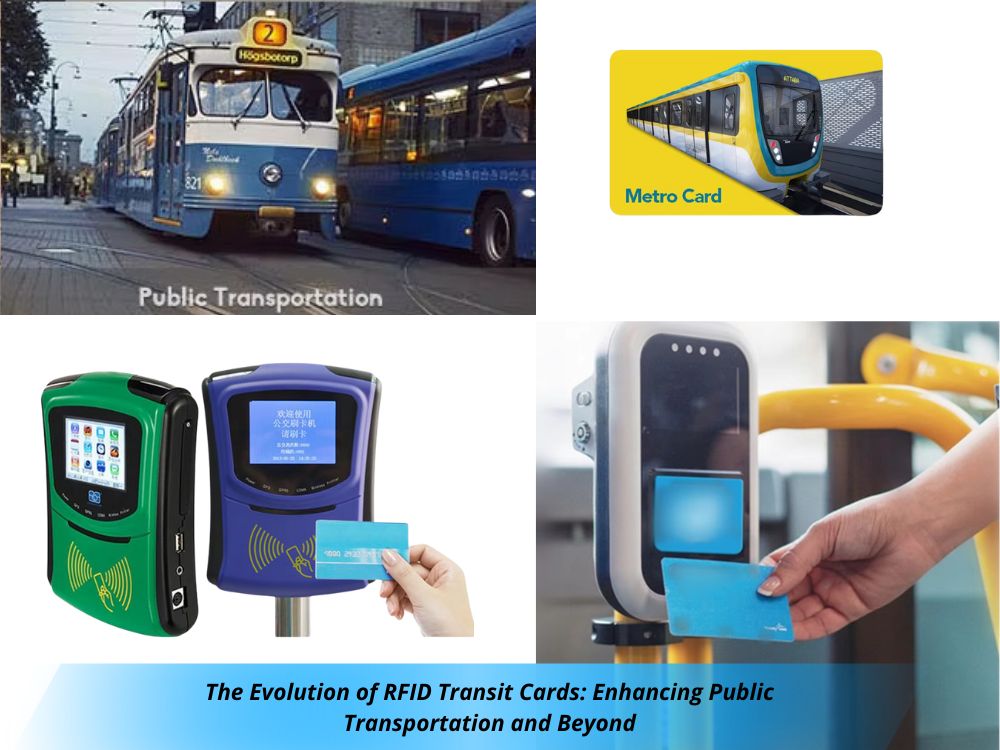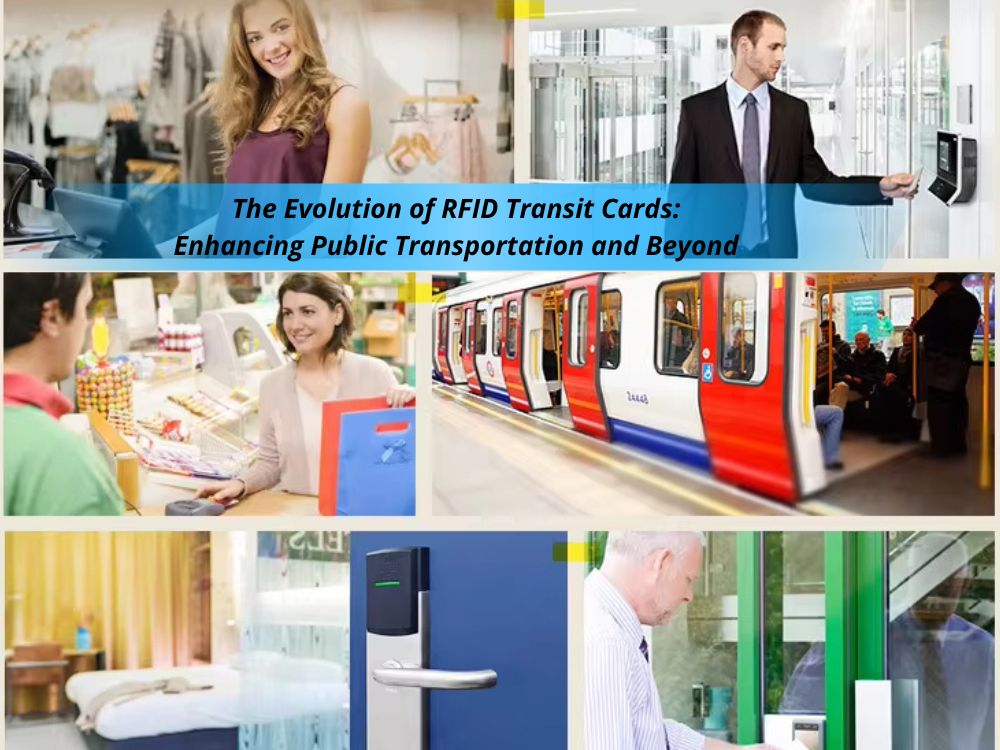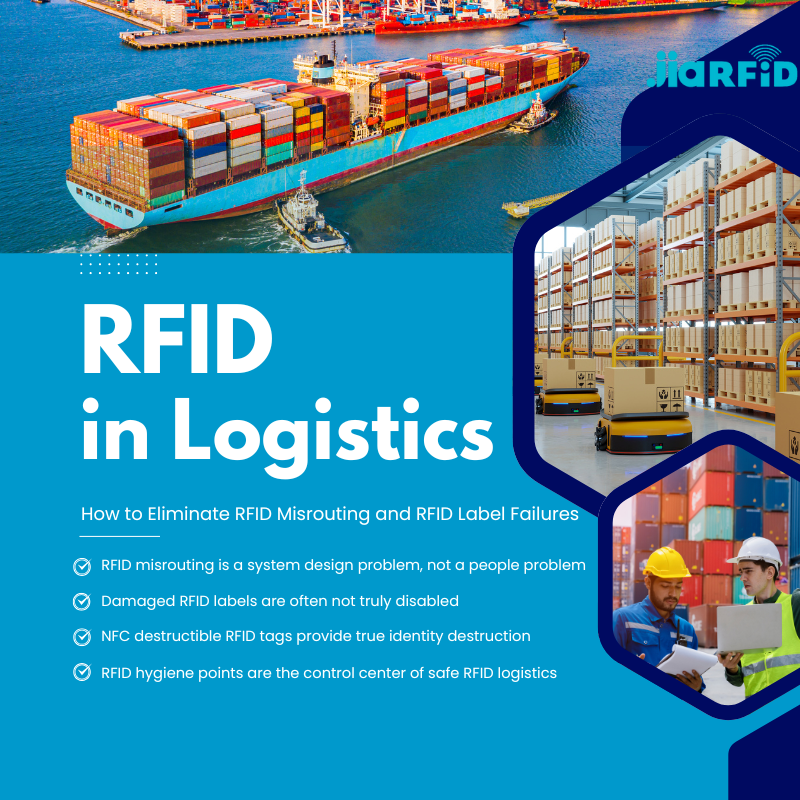
The Evolution of RFID Transit Cards: Enhancing Public Transportation and Beyond
Table of Contents
Summary
Beyond simplifying fare payments, RFID transit cards offer broader applications, including potential uses in retail and other service sectors. This article explores the impact of RFID technology on public transportation and its potential expansion into everyday transactions.

The Shift Toward RFID in Public Transportation
Public transportation usage in the United States has steadily increased, prompting the need for more efficient fare collection systems. Traditional single-purpose fare collection methods are being replaced by automated RFID-enabled smart cards, which provide both transit operators and passengers with numerous advantages.
- Increased Efficiency: RFID transit cards enable faster transactions, reducing delays during boarding and improving overall service efficiency. This speed is crucial in busy urban areas where minimizing passenger wait times is a priority.
- Cost Reduction: By automating fare collection, transit operators can cut down on operational costs associated with cash handling and manual fare processing. The use of smart cards also reduces the need for maintenance of outdated fare collection systems.
- Enhanced User Experience: Passengers benefit from the convenience of contactless payments, eliminating the need to carry cash or wait in line for tickets. The ease of use encourages more people to utilize public transportation.
Expanding the Role of RFID Transit Cards
While RFID transit cards have transformed public transportation, their potential applications extend far beyond fare collection. By partnering with local businesses, transit operators can expand the functionality of these cards to include payments for everyday goods and services.
Area of Application | Potential Benefits | Challenges |
Retail Payments | Faster transactions, reduced cash handling for retailers | Requires widespread merchant adoption |
Parking Fees | Seamless integration with transit card systems | Compatibility across different parking systems |
Toll Payments | Streamlined payments for bridge and road tolls | Coordination between transit and toll agencies |
Other Services (e.g., dry cleaning) | Increased convenience for cardholders, new revenue streams for transit authorities | Ensuring data security and interoperability |
Key Considerations for RFID-Based Fare Systems
For RFID-based fare systems to be successful, they must meet several critical requirements:
- Transaction Speed: The entire transaction process, from reading the RFID tag to deducting payment, must be completed within 70 to 300 milliseconds. This rapid processing is essential to maintaining the flow of passengers through transit gates and ensuring a positive user experience.
- Accuracy: The system must accurately charge the correct fare, as any discrepancies could lead to a loss of trust and reduced usage. Precise fare calculation is especially important in complex transit networks with varying fare zones.
- Data Integrity: Protecting the integrity of customer data is paramount. RFID transit cards must be designed to prevent unauthorized access and modification of account information. Secure systems help build confidence among users and prevent potential fraud.
- Customer Service Accessibility: A user-friendly interface, such as a website or mobile app, should allow passengers to track their transactions, reload their cards, and resolve any issues efficiently. Easy access to customer service is crucial for maintaining customer satisfaction.
Case Study: The SmarTrip System in Washington, D.C.
The Washington Metropolitan Area Transit Authority (WMATA) has successfully implemented the SmarTrip system, a contactless smart card solution that demonstrates the effectiveness of RFID technology in public transportation. Launched in May 1999, the SmarTrip card allows users to pay for Metrorail fares and parking fees seamlessly. Over 360,000 Metrorail travelers use the SmarTrip cards, highlighting the popularity and efficiency of the system.
Despite its success, cash transactions still account for a significant portion of public transit payments. For instance, around 65% of bus riders in Washington, D.C., continue to pay in cash. However, WMATA aims to expand the SmarTrip system throughout the region and extend its use to local retailers, making the card a versatile payment tool beyond transit.
The Future of RFID Transit Cards: Towards Interoperability
As RFID technology matures, the focus is shifting toward creating interoperable systems that can be used across different transit networks and retail environments. Early adopters of proprietary systems may now face challenges in integrating with newer, standards-based technologies. The ability to support dual technologies in a single system offers transit operators more flexibility, allowing them to expand the use of RFID transit cards beyond transportation.
The next step for many transit authorities is to work closely with retailers and other service providers, enabling passengers to use their fare cards for a wide range of transactions. This expansion would not only enhance the convenience of RFID transit cards but also generate new revenue streams for transit operators through transaction fees.

Conclusion: A Connected Future
The adoption of RFID transit cards marks a significant advancement in public transportation, offering both operational benefits and an improved passenger experience. As the technology continues to evolve, the potential for RFID transit cards to become a universal payment tool is within reach. By focusing on interoperability, security, and user convenience, transit authorities can unlock new possibilities for smart, connected urban living.
Comments
Hot Products

RFID in Logistics: How to Eliminate RFID Misrouting and RFID Label Failures
RFID in logistics is more than just a tool to speed up processes. It has become a key part of how modern supply chains operate.

What Is RFID Waste Management
Imagine a city where every trash bin speaks — not literally — but through a tiny chip that tells the system when it’s full, when it’s emptied, and where it went. That’s what RFID waste management is doing today.

What are Bolt Seals and their Applications? | Complete Guide
In global trade and logistics, bolt seals play a crucial role in ensuring cargo security and compliance. These small but powerful devices are designed to lock shipping containers, trailers, and cargo doors with a tamper-evident mechanism.

What is an RFID Card Protector? Benefits, Use Cases, and Buying Guide
RFID technology (Radio Frequency Identification) is everywhere: in your credit cards, ID badges, transit passes, hotel room keys, and more. It offers speed and convenience, but it also opens the door to a new kind of digital theft called “skimming.” That’s where an RFID card protector comes in.

RFID Wristbands for Events: Bulk Buying Guide for Organizers
RFID wristbands for events are becoming the go-to solution for organizers who need faster entry, fraud prevention, and cashless payments at concerts, festivals, and sports venues. Unlike paper tickets or QR codes, these smart wristbands use embedded chips to streamline access, secure transactions, and improve the guest experience.

How RFID Tag on Windscreen Improves Vehicle Access Control and Toll Systems
In today’s fast-paced world, vehicle identification needs to be quick, secure, and contactless. An RFID Tag on the Windscreen provides exactly that — a reliable way to manage toll collection, parking, and gated access without stopping vehicles.
Tags
RELATED BLOGS

RFID in Logistics: How to Eliminate RFID Misrouting and RFID Label Failures
RFID in logistics is more than just a tool to speed up processes. It has become a key part of how modern supply chains operate.

What Is RFID Waste Management
Imagine a city where every trash bin speaks — not literally — but through a tiny chip that tells the system when it’s full, when it’s emptied, and where it went. That’s what RFID waste management is doing today.

What are Bolt Seals and their Applications? | Complete Guide
In global trade and logistics, bolt seals play a crucial role in ensuring cargo security and compliance. These small but powerful devices are designed to lock shipping containers, trailers, and cargo doors with a tamper-evident mechanism.




